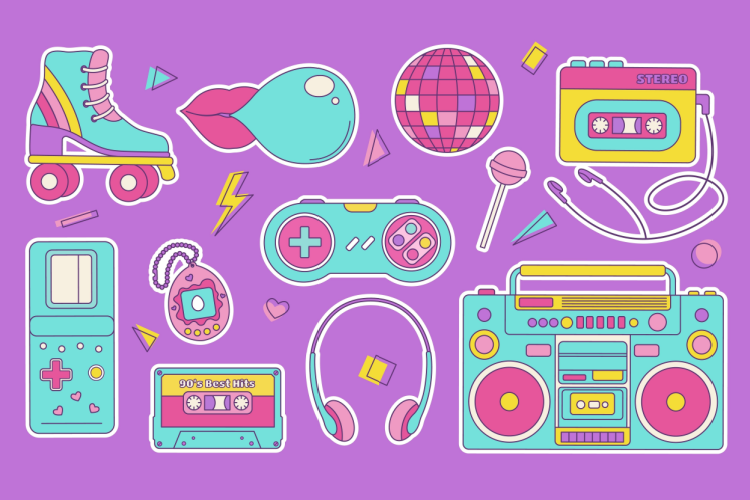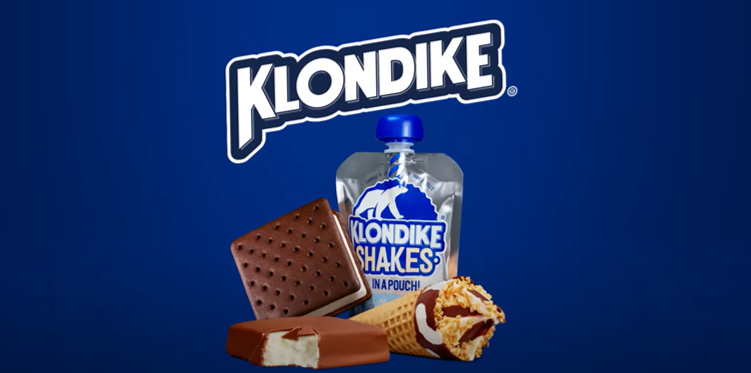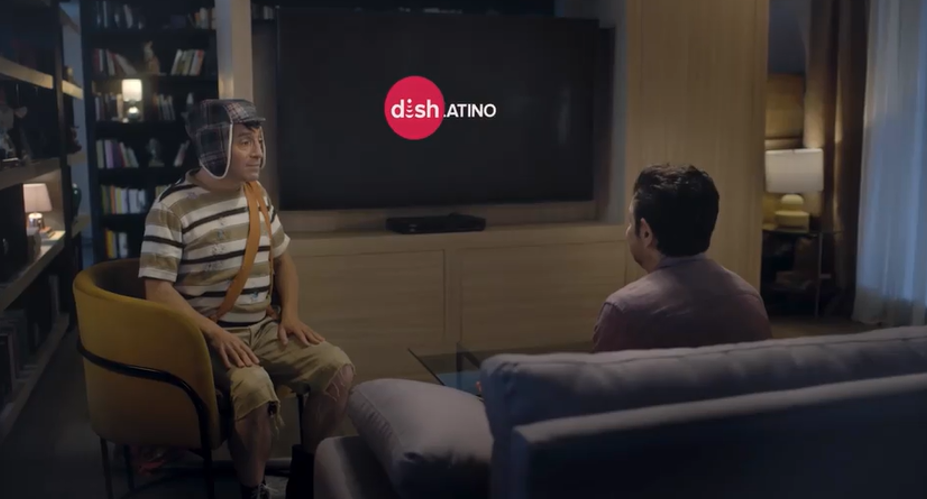Clearly, this is why TV shows like Stranger Things or films like Barbie have been so successful, for example, in that both collectively tap into nostalgia for things like Dungeons & Dragons, hair metal, '90s neon and geometric fashion, '50s pastels and dresses, among other things. This sense of "remembering" and reminiscing itself connects us to other people, whether these experiences are recalled from memory or media.
For instance, in an interview with the American Psychological Association (APA), Krystine Batcho, PhD, professor of psychology at LeMoyne College, stated that "nostalgia serves an essential psychological function [in] that it is a highly social emotion. It connects us to other people," and that it also "helps to unite our sense of who we are, our self, our identity over time."
The interesting thing about nostalgia is that it isn't always accurate; nostalgia is more about the current emotion than the accuracy of the past (or how rose-colored the past or past experiences may seem from the present moment). Batcho discussed this fact, stating that "historical nostalgia, [as] my research, suggests is more likely triggered by dissatisfaction with the present. Someone could, for example, become enamored of a period in history such as Victorian days, not because they've lived through them, obviously, but because they have become romanticized and idealized in a way in literature and in film."
Batcho noted how "that kind of phenomenon is very, very different from someone who says, 'I think that today is a very stressful time, and when I was growing up, I think it was less stressful.' The reason for that is because our memories are not faithful. They're not accurate to what things really were like. They're our impressions of what things were like in the past."
For brands, tapping into this powerful experience can be a way to connect people together, both to each other and to the brand itself. CMO of Pepsi, Todd Kaplan, discussed the power of nostalgic marketing in an ANA interview, stating, "We see this sense of nostalgia as a strong opportunity for deepening the connection we have with our consumers by bringing elements of it back to moods with a modern-day twist. Whether it was reimagining the Pepsi Super Bowl Halftime Show bringing forth acts like Dr. Dre, Snoop Dogg, Eminem, and others, or launching nostalgic products like Pepsi Cola Soda Shop that are literally a modern take on a classic.'"
Kaplan went on to say that when "nostalgia is leveraged properly, it is a powerful tool. In fact, just last month, we announced a new Pepsi logo and visual identity system, the first update to our brand in 14 years. The update taps into equity from our rich 125-year history, while incorporating modern colors, animations, and other elements to create a distinctive look that is unapologetically Pepsi in a modern way. This blending of the old and the new is precisely what we strive to achieve in much more of our marketing."
Further, Liz Bazner, senior marketing director at A&W Restaurants, stated at an ANA event that leveraging nostalgia for iconic and historic brands can be an effective path to staying relevant, "We try to find these little moments through the lens of hip nostalgia that are broadly appealing. I think the 3/9 burger was probably appealing because there were some people who remembered the gaffe in the '80s but also because it was really an internet culture thing. It would circulate on Reddit every few months. It was on Twitter. It was turned into memes. So it was a perfect storm where there were people who had memories of it, but it was also current for today. One of the things we did with Cornett was bring back our mascot, Rudy (a stuffed bear). He's been a great equalizer because kids love him, people remember him, and he's now been digitized. That's another way we try to make everything work together and appeal across generations."
Below are some examples of brands that have used nostalgia successfully to powerfully create connections and elicit positive emotions.
Klondike
The Klondike bar is an iconic dessert that I remember as a child, with its memorable ads asking what you'd personally do for a Klondike bar. Recently, to drum up interest in the brand, and harness feelings of nostalgia from people who grew up in the '80s and '90s, the brand created its "What Would You Do for Gen X" campaign.
The brand created its "What Would You Do" hotline (with Google Voice), through which "people could call and leave voicemails sharing what they'd do for a Klondike," as explained in the ANA case study.
Bar-S Foods
Bar-S Foods leveraged nostalgia for '90s hip-hop for its Iconic Summer Mashup 2.0 campaign. The brand created a parody song (and country version) of MC Hammer's 1990 hit, "U Can't Touch This" with country brand Big & Rich. The new song was called "Ham & Turkey Time" as a way to celebrate the brand's lunchmeat in a funny and relevant way.
DishLATINO
DishLATINO created a video imagining a meeting between actor Eugenio Derbez and late cultural figure El Chavo, two iconic Latino entertainers; the company used deepfake video technology to achieve the outcome.
The concept typified the very meaning of nostalgia, highlighting the significance of El Chavo as "one of the most powerful cultural figures in the collective memory of Latinos of all ages. He was the star of the most successful sitcom ever in Latin America, El Chavo del Ocho, which had over 90 million viewers a day across Latin America at its height," as the ANA case study aptly recalls, also explaining that "El Chavo stood for the enduring Latino heritage and nostalgia, while Eugenio Derbez represented the aspirations and accomplishments of Latinos today."
The TV show ran from 1972 to 1992, spanning generations and cultural moments.
A&W
A&W wanted to revive its relevance among younger consumers. To do this, it "landed on the concept of 'hip nostalgia,'" as described in an ANA event recap, thus allowing the brand to "honor and be authentic to its long history without becoming too stagnant."
As a way to do this, the company made fun of itself and used a past flop to infuse humor into the present. In the '80s, A&W tried to compete with McDonald's (and did not succeed) with its "third-of-a-pound burger." The effort failed at the time, because many Americans apparently "didn't realize a third of a pound was bigger than a quarter of a pound."
To recall this, A&W launched its 3/9 burger, which used "a fraction format that allowed the average consumer to literally see that 3/9 — or 1/3 when simplified — was bigger than 1/4. In the spots to promote this new product, A&W used the tagline 'It's bigger, genius,' showing a playful disdain for the audience."
This time around, the campaign was successful and resulted in a 10 percent lift in burger sales.
Video: A&W Restaurants – A&W 3/9 lb. Burger
Source: ana.net



